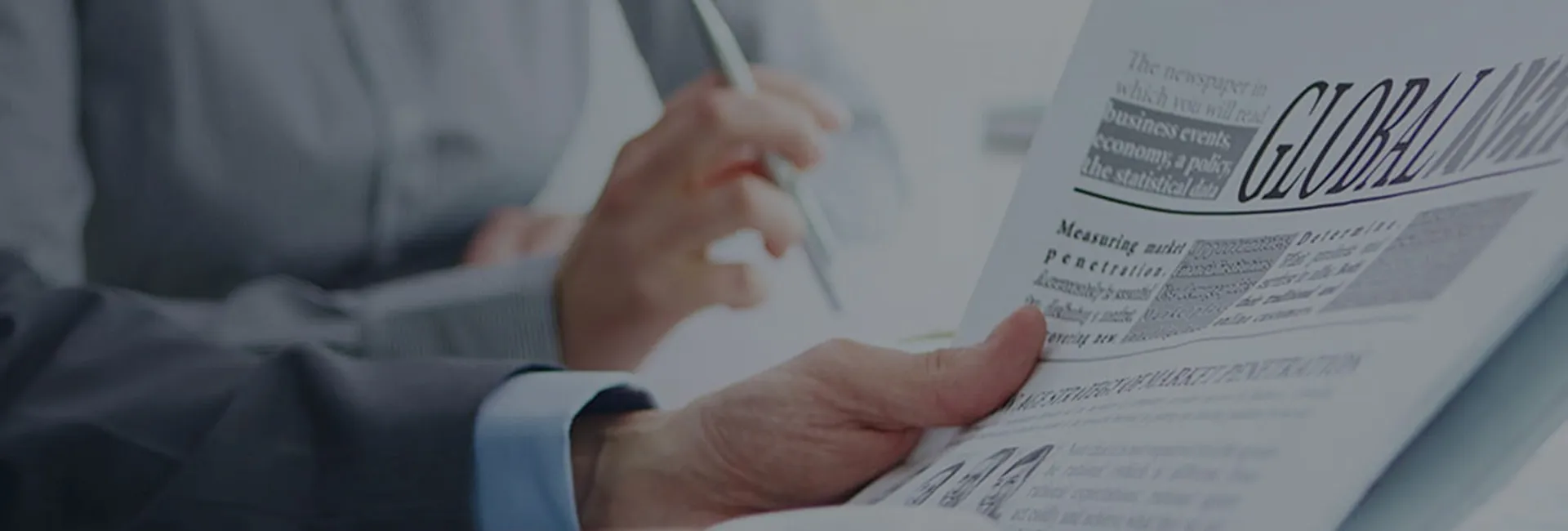
More Option
Smart Public Transport System: Redefining Urban Mobility
BY: BETTER FUTURE
13 days ago
Introduction to the Smart Public Transport System
Public transportation is an essential component of urban life, but the demands on modern cities have outgrown traditional systems. Enter the Smart Public Transport System, a transformative concept designed to address the inefficiencies and improve the overall passenger experience. Leveraging advanced technologies such as real-time scheduling, autonomous bus driving, and data analytics, the Smart Public Transport System is reshaping urban transportation. This innovative approach is crucial for addressing congestion, environmental challenges, and the demands of growing populations.
From Real-Time Scheduling to Passenger Experience Optimization
The backbone of any effective Smart Public Transport System is its ability to provide real-time scheduling and updates. Real-time scheduling enables passengers to access accurate information on the location and arrival times of buses, trains, or other modes of public transport. This technology not only minimizes wait times but also empowers users to plan their journeys more efficiently. Real-time data can be transmitted through mobile applications or digital –displays at transit stations, ensuring a seamless experience for commuters.
Beyond scheduling, the optimization of passenger experience is a cornerstone of smart transportation. With personalized route suggestions and real-time traffic monitoring, users can enjoy faster travel while avoiding delays. Data collected from sensors and passenger input helps operators understand travel patterns and refine systems to ensure better service. Such technological improvements offer unparalleled convenience and comfort to passengers, making public transport a viable and preferable option.

Autonomous Bus Driving: An Integral Component
At the cutting edge of the Smart Public Transport System is autonomous bus driving. These self-driving buses rely on advanced sensors, artificial intelligence (AI), and machine learning algorithms to navigate through city streets. Autonomous buses enhance safety by eliminating human errors, which are a primary cause of accidents. They also reduce operational costs in the long run, as there’s less reliance on human drivers.
Beyond safety and cost savings, autonomous buses offer great flexibility in system design. Routes can be dynamically adjusted based on real-time traffic conditions, events, or demographic needs. With zero-carbon electric propulsion, these buses align with environmental goals, making autonomous driving not just a convenience but a step forward in green innovation.
The Role of Technology in Reshaping Urban Transportation
Technology plays a pivotal role in making public transport smarter. From predictive maintenance systems that prevent breakdowns to IoT-enabled sensors that gather valuable environmental and operational data, these tools ensure reliability and efficiency. AI-powered analytics enhance system functionality, enabling operators to identify pain points and continually optimize performance. Cybersecurity measures protect user data in these tech-heavy systems, ensuring public trust in the underlying infrastructure.
One example of how technology is reshaping transportation is through ticketing systems. Contactless payment and mobile apps have become the norm, replacing traditional cash and card-based systems. This not only accelerates boarding but also reduces handling costs and fraud risks. Such advancements are a major step toward creating a frictionless transit experience.
Better Future: A Driving Force in Sustainable Transport Solutions
The Smart Public Transport System aligns perfectly with Better Future’s mission to “Drive green change and empower sustainable development.” As a global technology group, Better Future excels in integrating cutting-edge innovation with sustainability, making it uniquely positioned to contribute to this field.
A leader in zero-emission mobility solutions, Better Future’s expertise in high-efficiency photovoltaic modules and intelligent micro-grid systems supports green energy infrastructure for public transport networks. Their solutions help public transit systems achieve energy independence and reduce their carbon footprint. Furthermore, Better Future’s pioneering carbon emission treatment technologies ensure that global urban centers can embrace a cleaner, greener future.
Beyond renewable energy, Better Future specializes in circular economy models. These models promote the reuse and recycling of materials, ensuring that products and resources are kept within the economy for as long as possible. Such practices are critical for transitioning public transport systems toward sustainable operations.

Unlocking Global Impact
As cities worldwide grapple with environmental and logistical challenges, the Smart Public Transport System emerges as a beacon of progress. Better Future has already made an impact by providing customized renewable energy solutions to over 200 countries and regions, showcasing its global leadership. With integrated wind, solar, and power applications, Better Future enables cities to harness clean energy for their transport systems, reducing dependency on fossil fuels.
By leveraging collaboration across multiple industries, Better Future ensures that urban transportation evolves to meet complex modern demands. With innovative partnerships and scalable technologies, the company drives the green revolution on a global scale, proving that sustainable urban mobility is both achievable and critical.
The Future of Smart Public Transport Systems
The vision for the future is clear: smarter, greener, and more efficient public transport systems supported by groundbreaking technologies. Autonomous vehicles, IoT connectivity, AI analytics, and renewable energy integration will continue to elevate public transportation to unprecedented heights. Companies like Better Future are paving the way for this transformation, combining expertise in environmental governance with next-gen technical solutions to redefine what public transportation can achieve.
In the years ahead, continued innovation will make previously unthinkable feats possible in urban mobility. From reducing transport emissions to enhancing mass transit scalability, the Smart Public Transport System represents not just a technological advance but a step toward a more sustainable global society.
Share On
Search
Browse By Categories
Recent Posts
- What to Pay Attention to When Driving an Off-Road VehicleBY:BETTER FUTURE
Tags
Contact You
To ensure we can follow up on your inquiry effectively, could you please provide your email address?